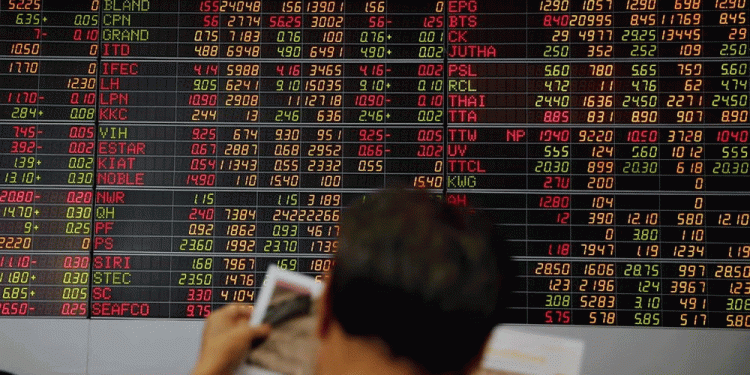By Clyde Russell
LAUNCESTON, Australia, Aug 4 (Reuters) – It may have begun with some promise, but an attempt by natural rubber producers to drive prices higher by trimming supply has flopped less than four months after it started.
Asia’s rubber benchmarks are now below where they were in late April, when at least 10 major producing companies said they aimed to raise prices and restrict supplying into the SICOM exchange in Singapore.
The trick with producer efforts to move prices higher is generally maintaining discipline, with each participant having to subjugate individual interests to those of the group.
This makes it extremely difficult to achieve, as shown by other producer groups such as the Organization of the Petroleum Exporting Countries, which has probably had as many failures as successes in moving oil prices in a desired direction.
To a certain extent the efforts of rubber producers have been done in by the general malaise in commodities in recent weeks, as well as by demand issues in top importer China.
However, benchmark SICOM futures appear unaffected by producer moves to de-link physical prices from the contracts traded in Singapore.
The main contract settled on Monday at 137.4 U.S. cents a kilogram, the weakest close for the year, and slightly below the prior 2015 low of 138 c/kg, reached on April 20 just before producers revealed their plans to raise prices.
From that April nadir, SICOM futures rallied 20 percent to a peak close for the year so far at 165.6 c/kg on May 29, before giving back all of the gains by Monday’s finish.
This same dynamic was mirrored by Tokyo’s benchmark TOCOM contract, which jumped 25 percent from its April low to a closing peak of 243.8 yen/kg (196.6 c/kg) on June 1.
TOCOM rubber then gave up its gains to close at 197.4 yen/kg on Monday, fractionally below the 197.8 prior low of April 9.
Shanghai futures also rallied 20 percent between April 10 and May 6, but have since slumped 23 percent to close at an all-time low of 12,570 yuan ($2,027) a tonne on Monday, just above a quarter of the record high hit in February 2011.
The declines in natural rubber benchmarks are roughly in line with those for other commodities, with Brent crude down about 27 percent from its 2015 high in early May and spot iron ore <.IO62-CNI=SI> some 15 percent weaker than a peak in early June.
This suggests natural rubber rose in the weeks after the producers said they would act to boost prices, not because of any fundamental reason, but more on the expectation that the companies would deliver at least some of what they promised.
PLENTY OF RUBBER
While figures on production, exports and imports around Asia are somewhat patchy, piecing together bits of data shows that supply remains plentiful.
Inventories at warehouses monitored by the Shanghai Futures Exchange <SH-TOTAL-DW> rose to 182,714 tonnes in the week to July 31, up 36 percent from 134,309 in the week to April 24.
These stockpiles have been rising even as Chinese imports of natural rubber slow, with 155,084 tonnes entering the country in June, a drop of 8.5 percent on the same month a year earlier.
In the first six months of 2015, Chinese imports of natural rubber slumped 20.5 percent to 1.128 million tonnes.
Conversely, imports of synthetic rubber have risen by 7.4 percent to 812,747 tonnes in the same period, as the man-made compound has become more competitive given the decline in price of crude oil, from which it is largely derived.
Meanwhile, Vietnam’s rubber exports increased 21 percent in the first six months of 2015 over the same period a year ago, with the world’s fourth-largest exporter shipping out 421,000 tonnes, according to customs data.
And the value of Thailand’s rubber exports rose 4.4 percent in June, according to the Commerce Ministry. This implies strong volume gains from the world’s largest exporter as well, given the lower cost of rubber for the month.
Overall, the picture that emerges for natural rubber in Asia is one where supply seems to be more than adequate, demand growth is tepid at best, inventories are strong and competition from synthetic rubber is rising.
Producers can at best only influence one of the above factors, namely supply, and the evidence suggests they are struggling to achieve that. (Editing by Tom Hogue)



























